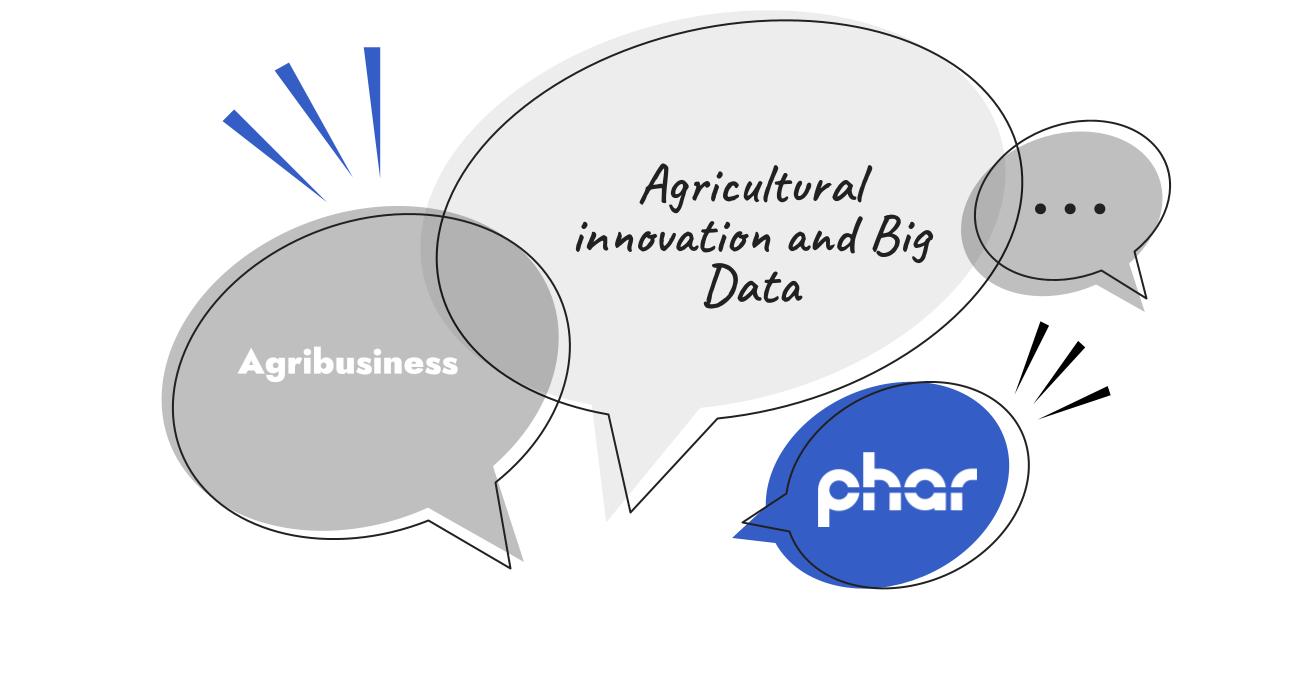Who would have bet on the power of Big Data or Megadata, advanced analytics or even artificial intelligence on the farm over 10 years ago?
Some have done so and are now reaping the benefits; this is the case of Intelia, a company based in Joliette that is active on several continents thanks to the analysis of data collected and modeled from the poultry industry. Sensors and connected devices, cloud-based data management, predictive analysis of chicken weight thanks to the famous AI; the collection and use of data is revolutionizing poultry production and more generally animal production. This success is well deserved and is built on years of developing cutting-edge solutions and analyzing results for the poultry farmer.Canadian and global AgTech is in constant evolution, almost daily. The reaction and adaptation time of the agricultural industry is becoming as important as performance. In order to optimize performance and meet the new demands of consumers and the various societal issues facing agriculture, the market intelligence conveyed by augmented market intelligence makes it possible to stay abreast of innovations, regulations and strategic data specific to a company, a producer or an organization in order to anticipate potential threats and seize opportunities.
Here is a look at one of the AgTech sectors that is a strategic intelligence topic of interest and that has become an essential "best practice" for agricultural producers: data collection and analysis.
Data Point
Data collection and analysis in the agricultural sector have taken off in recent years. Accompanying the innovation of equipment (robotization), cultivation methods (particularly in the greenhouse industry and all its new forms), or innovative solutions for irrigation, treatment and fertilization, data collection produces data points galore.
The data point is the entry point. Taken separately, the data points collected from a farm or the exploitation of these data points have little value. What gives them meaning is the connection with other masses of data collected, combined above all with personalized support for farmers to make informed choices, as Caroline Forest, Intelia's V.P. Sales and Marketing, explains: "Our customers don't need more data points; they need a clearer picture, which comes with analysis and modeling in a specific context, defined over time. It is also important to consider that data points are not enough to lead to decision making. A temperature spike, for example, without the duration data is useless."
Controlled access to this data is therefore a priority issue for research and development in the agricultural industry
Open data
Many of the industry's leading players are pushing for collaborative data sharing and the use of open platforms for collaboration: "If we can find the right level of standardization between datasets and create clear standards between different solutions, we will see more data collaboration. I think open data is the future," says Baruchi, CEO of Agmatix.
What are the producer's interests in such a mutualization?
As Caroline Forest points out: "Collaboration around open data also reduces the risk for a producer to invest in an innovative solution, but too independent, which will not evolve well and of which he will be trapped afterwards. Many producers are afraid to invest or do so late in other markets for fear of making the wrong choice of partners. Choosing a platform that is open to collaboration is a way to "de-risk" an investment that is often costly for "early adopters".
The choice of partners is all the more important as the valorisation and mutualisation of the data that users/farmers must, in a way, give up or share (review the sentence). Several companies, particularly European ones such as AgDataHub, have therefore embarked on the control of shared data so that European farmers remain in control of the use that will be made of their information. Consent and digital identities are the new keywords of the challenges facing Canadian AgTech.
One of the answers to the problem may lie in the creation of controlled and shared data centers subject to an authority in order to develop easy access to the development of, among other things, new precision agronomic practices; new generations of farmers are more sensitive than their predecessors and are ready to invest efforts and means if the promise of exploitable data is kept with a potential return on investment. According to Ingrid Peignier, a researcher at CIRANO in Montreal, "agricultural data is tomorrow's farm asset".
Microsoft, Google, John Deer, Telus Ag and its flurry of buyouts of companies in the sector have taken a lead on this digital treasure.
Collective intelligence and networking for local partnerships
The future of Agtech lies, without a doubt, in the networking of the local players that make up the sector and their ability to collaborate on innovation.
"What we are seeing is the emergence of local partnerships where producers and value chain actors, such as the slaughterhouse and the miller, collaborate and financially compensate the producer for having access to real-time data. By doing so, the slaughterhouse and feed mill are able to optimize their operations and the producer benefits from this collaboration. In Canada, and in poultry production in particular, the sustainability of the chain depends on the efficiency of each link. The sharing of data and the transparency that this brings promote greater productivity for all," concludes Caroline Forest.
Market intelligence aligned with collective intelligence offer the possibility of maximizing the information collected to create a framework for richer collaboration and engagement between different parties in many sectors, agribusiness being a major one.

May 1, 2023
